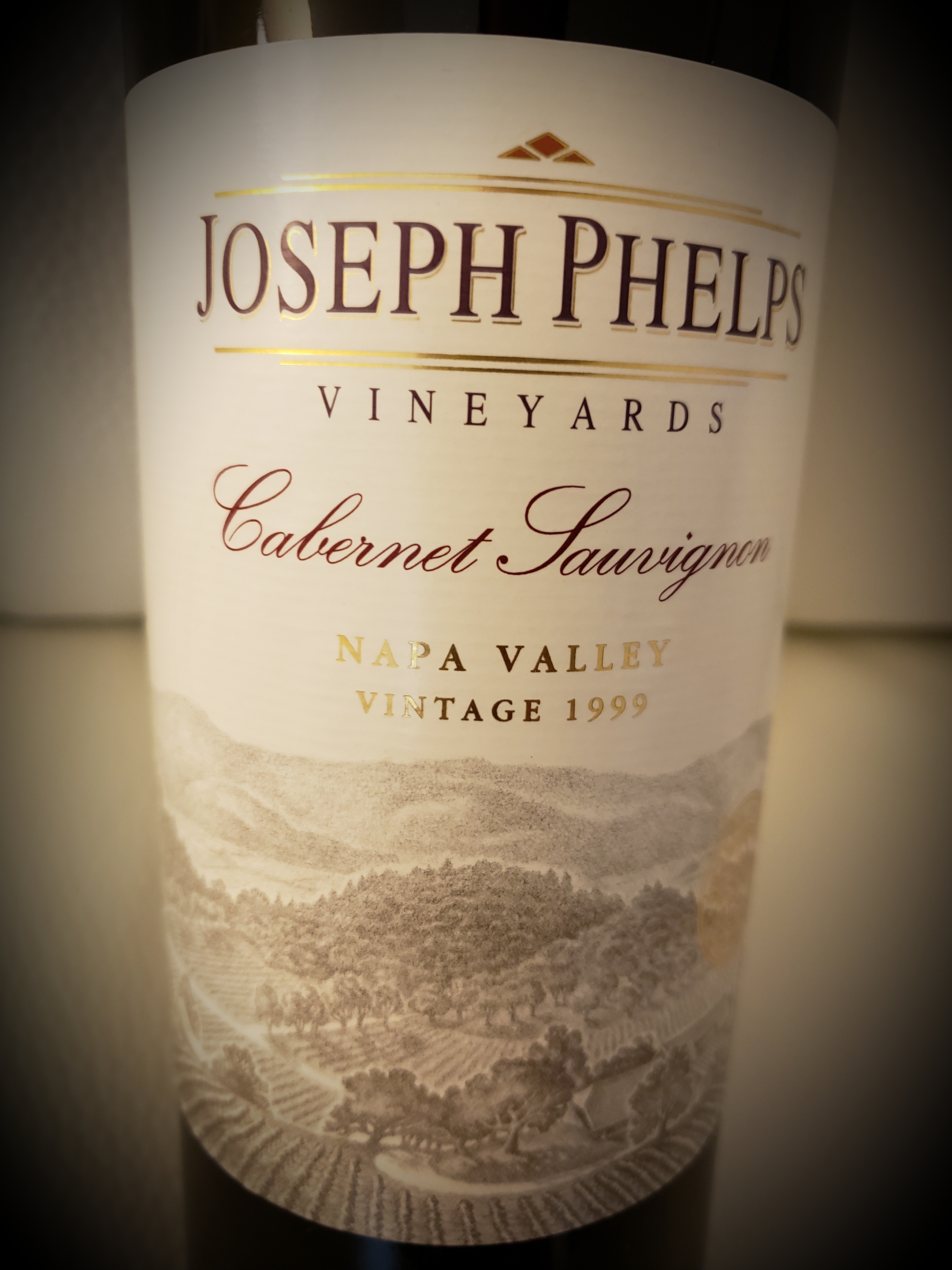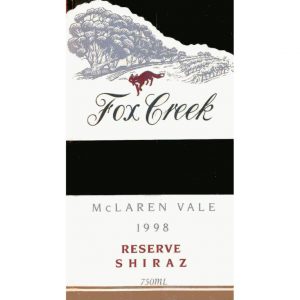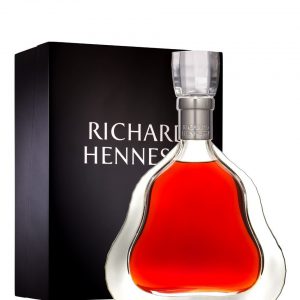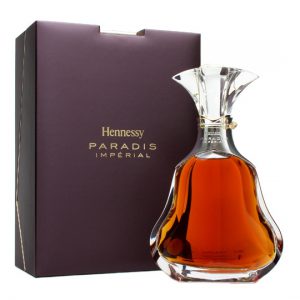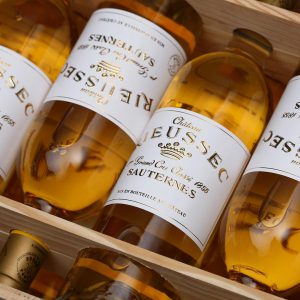Description
ABOUT
Joseph Phelps
Joseph Phelps Vineyards is a family-owned winery based in St. Helena. It was founded in 1973 when Joseph Phelps, a building contractor from Colorado, arrived in Napa Valley to build wineries. He soon decided to make his own wine and purchased a former cattle ranch near St. Helena. Phelps Vineyards now owns or leases 560 acres of vineyards in Napa Valley and the Sonoma Coast. The estate owns choice properties in St. Helena, Stags Leap, Oakville, Rutherford, South Napa Valley, and Oak Knoll. Phelps is best known for Insignia, its flagship Napa Valley blend of red Bordeaux varieties first produced in 1974. Awarded Wine Spectator’s “Wine of the Year” in 2005, Insignia is widely regarded as a qualitative benchmark for California winemaking. Besides Cabernet Sauvignon and small amounts of Petit Verdot, Merlot, and Malbec, Phelps also grows Chardonnay, Syrah, Pinot Noir, Sauvignon Blanc, and Scheurebe. The estate produces 50,000 cases annually from Napa Valley and an additional 15,000 cases from the Sonoma Coast.
REGION
United States, California, Napa Valley
Napa Valley AVA is the most famous winemaking region in the United States and one of the most prestigious in the world. With nearly 43,000 acres of vineyards and more than 300 wineries, it is the heart of fine wine production in the United States. Winemaking started in Napa in 1838 when George C. Yount planted grapes and began producing wine commercially. Other winemaking pioneers followed in the late 19th century, including the founders of Charles Krug, Schramsberg, Inglenook and Beaulieu Vineyards. An infestation of phylloxera, an insect that attacks vine roots, and the onset of Prohibition nearly wiped out the nascent Napa wine industry in the early 20th century. But by the late 1950s and early 1960s, Robert Mondavi and other visionaries were producing quality wines easily distinguishable from the mass-produced jug wines made in California’s Central Valley. Napa Valley’s AVA was established in 1983, and today there are 16 sub-appellations within the Napa Valley AVA. Many grapes grow well in Napa’s Mediterranean climate, but the region is best known for Cabernet Sauvignon. Chardonnay is also very successfully cultivated, and about 30% of the AVA’s acreage is planted to white grapes, with the majority of those grapes being Chardonnay.
